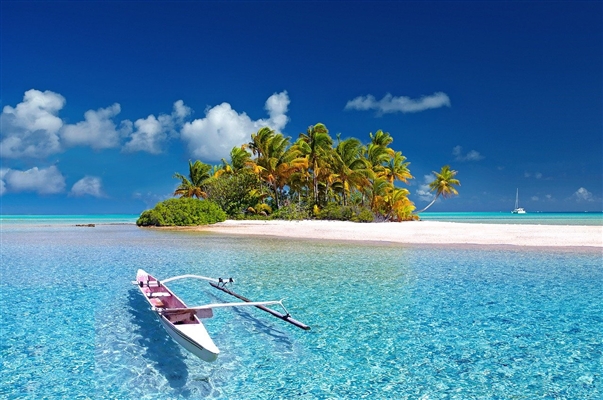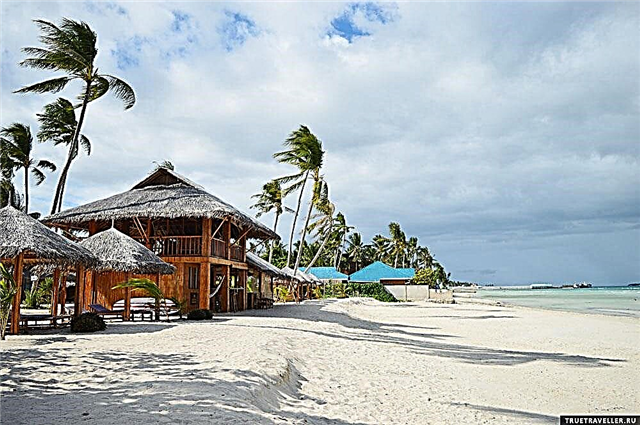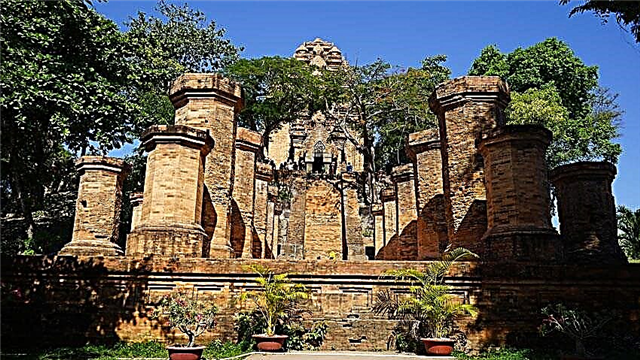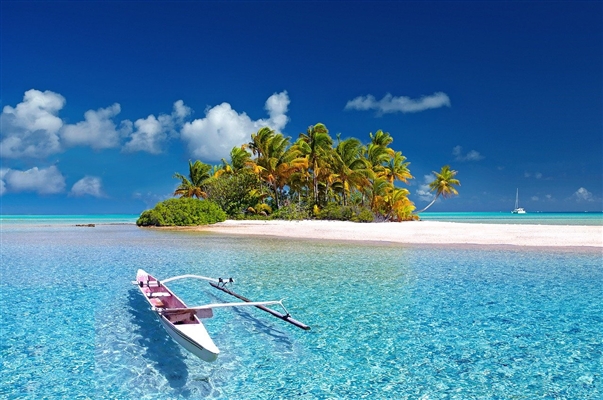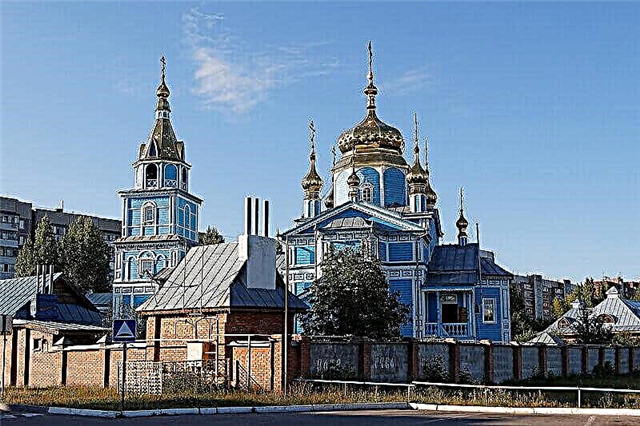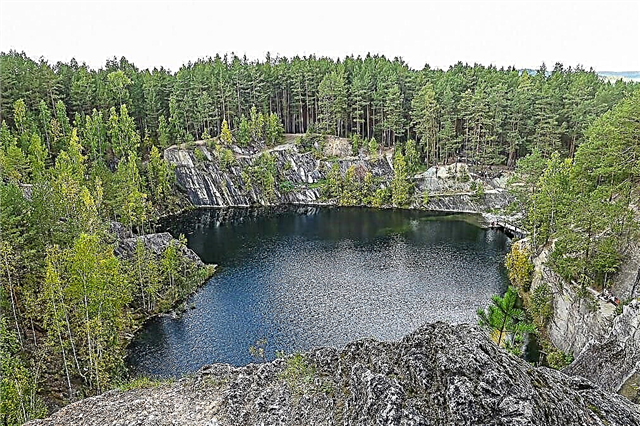Placers of mighty mountains, bottomless caves and lakes shrouded in the haze of mystery - the Ural opens only to true daredevils! Here legends are intertwined with documentary facts, and the line between the cultures of Europe and Asia is thin and transparent. The way to the knowledge of these magical places lies through the proud and stately land - the Sverdlovsk region.
Here is archaic and regal Yekaterinburg bent over the glass of the Iset River. And behind its noisy line, rocks of fantastic shapes are already growing out of the ground. Somewhere among them, perhaps, the Bazhovskaya Mistress of the Copper Mountain is still wandering around. And there will certainly be an inquisitive tourist whom she will reward with countless treasures.
The most interesting natural monuments in the region
List, photos with names and descriptions of places worth visiting!
Rock "Old Man-stone"
Having been in the area of Konovalovsky Uval, you should definitely conquer a 30-meter cliff near Shunut Mountain. The creation of nature really resembles a human head from the outside. There were no valuable archaeological finds here, but the rock itself is a historical site. The local rock is about 600 million years old. Locals associate the appearance of the rock with a sad legend about the fate of two lovers.

Read about all the best places in the region: the main attractions of the Sverdlovsk region.
Lake "Talkov stone"
Talc deposits near the town of Sysert ceased to be developed in the 1920s. In the middle of the forest, a 70-meter-deep quarry was left, which was slowly filled with groundwater. So, by the joint efforts of man and nature, a lake of amazing beauty appeared in the region. There are no fish here, but there is room for divers, eerie abandoned adits and rocks.
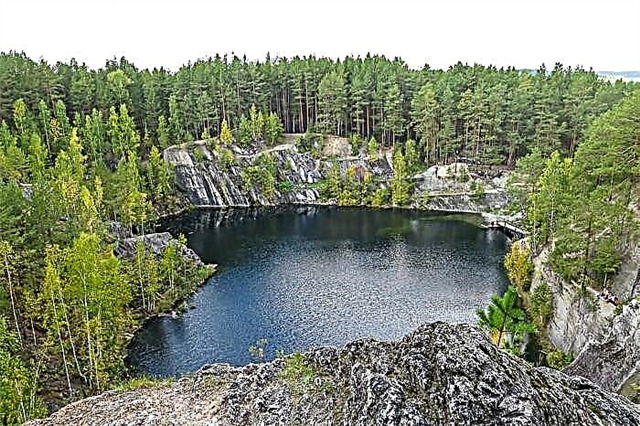
Rocks Devil's settlement"
Strange rocky formations look threatening - that's why people came up with such a gloomy name for them. The rocks located on the top of the mountain of the same name are an attractive location for climbers. In the era of primitive man, the settlement was used for sacrifices, as evidenced by the found household items. Today the natural monument is in a deplorable state - the rocks are slowly crumbling.
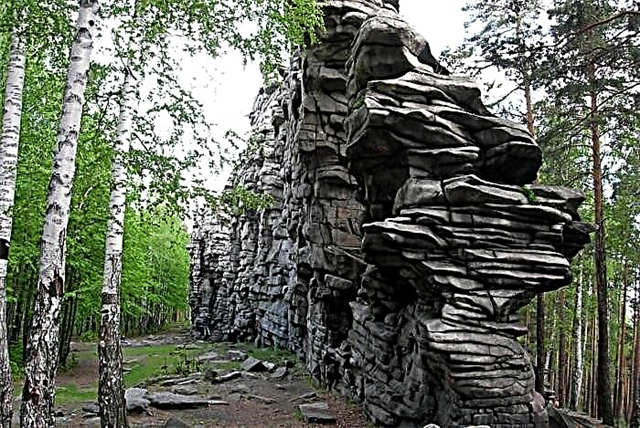
Cave "Friendship"
The half-kilometer labyrinth in the Olenyi Ruchyi Nature Park was discovered at the end of the 19th century. One of the largest and most dangerous caves in the area looks enchanting thanks to stalactites, fossils and underground lakes. In summer, the cave is damp, slippery and cold, sometimes you can even find yourself in a cloud of underground fog. And in spring it is almost fully flooded.

Shaitan stone
Rafters rafting down the Neiva are unlikely to miss the rugged cliff a kilometer from the village of Zyryanovsky. A limestone rock about 40 meters in height seems to consist of two parts - therefore it is also called two-headed. The object itself is small in size, but tourists are actively exploring this place. It is confirmed that there was once a deep cave in the rock. And tourists do not miss the chance to try to find the blocked entrance.
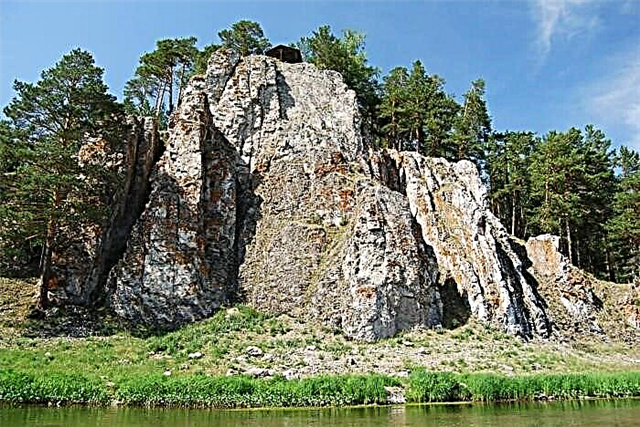
Rock "Camel"
The stone camel is an adornment of the Kachkanar mountain, dividing the area into Europe and Asia. A stunning view opens up from a height of about 900 meters. Finding a rock in the form of a desert dweller is not difficult - it is located at the top. The landmark is a Buddhist monastery where a real Lama lives. Tourists come here in search of enlightenment or simply to go skiing on the slopes of the mountain.

Lake Isetskoe
The Iset River, on which Yekaterinburg stands, originates from this huge lake. It is noteworthy not only with an area of 24 km², there is a whole network of islands in the lake. The most famous of them in Soviet times was the Solovetsky camp. People have lived here since antiquity - the islands and the shores of the lake are full of historical monuments. On both sides, the reservoir is surrounded by mountains, but there are plenty of city beaches here.

Rock "Mammoth"
A view of the massif in the form of an extinct animal opens up along the Iset River. The natural monument is located on the outskirts of Kamensk-Uralsky. The 30-meter "body" is completely covered with forest, like wool, and the "legs" of the stone animal go into the river bed. Trees and shrubs growing on the rock are of botanical value and are protected for breeding purposes. There is another striking object very close to the attraction - the Seven Brothers rocks.

Arakeevskaya cave
The length of the cave is about a kilometer, but only a small part is accessible for excursions. The first information about it dates back to 1961, and it was named after a nearby village. There is a glacier in the cave that does not melt even in hot summers. Explosions at a local limestone quarry have caused the cave to collapse more frequently, making it unsafe. But at the same time, this fact makes it possible to discover new underground passages.

Kamyshenka river
The inconspicuous tributary of the Iset is famous for the flora that has settled on its banks. Rare plant species live here, therefore Kamyshenka is carefully guarded. The length of the river is only 32 km, but along its entire length Kamyshenka is densely populated. There are low cliffs - the remains of volcanoes that raged here hundreds of millions of years ago. And those who decide to hike downstream will receive a bonus in the form of atmospheric abandoned villages.

Don't miss: the longest rivers in the Sverdlovsk region.
Rocks "Seven Brothers"
Opposite the rock "Mammoth" is an equally popular natural monument on the Semibratskaya mountain. Seven outlandish rods with a height of about 30 meters are exciting fun for climbers. The climb is not easy, though. The ridge is about 150 meters long. Previously, a staircase led to the top to control forest fires, at the beginning of the last century it was dismantled. Not far from the "brothers" there is another rock called "sister".

Lake Tavatui
The pond surrounded by pine trees is a favorite place for the residents of the village of the same name to spend their leisure time. Tourists also do not deprive Tavatui of attention. The area of the lake is about 21 km². The bottom of the lake is lined with stones, and the clarity of the water allows you to see them even in deep places. Interest is also heated by the age of the lake - at least 15 thousand years, and the rocky islands of futuristic shapes. Even Catherine II appreciated Tavatui for the generosity of fish, and writers and artists glorified the lake in their work.

Rock "Manturov stone"
For the settlement of Mironovo, a half-kilometer cliff above the river is of historical importance. In the 17th century, a resident of the village died here, fleeing the Bashkir invaders. The unfortunate name was Parfyon Manturov, and today this surname is very common among the inhabitants of the village. The rock is known for the memory of those sad events and amazing flora, represented by samples of relict vegetation.

Kalininsky key
The spring has been used for medicinal purposes for over a century. It is located near the village. Krasnogvardeyskoe. Its history begins with the idea of a local merchant named Kalinin to establish a hospital here for the nobility. In Soviet times, workers came here to improve their health. Today, access to the source is open to everyone, and the site itself is an important hydrological monument.
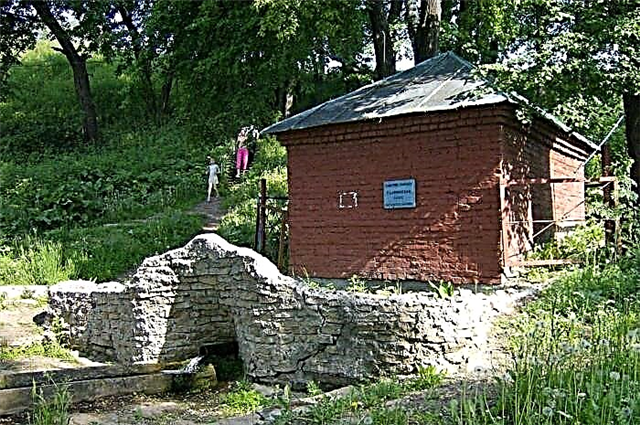
Elm plantations
Irbit boasts a large botanical natural monument. On the territory of the city there is a planting of almost century-old elms with an area of about 50 hectares. Smooth elm is a rare plant in these parts, so in 1983 it was decided to take the plantation under protection. The grove brings tangible environmental benefits to the city. Walking along it, you should definitely visit Irbit itself - the history of this city is very fascinating.

Rock "Stone Gate"
Residents of Kamensk-Uralsky consider the rock to be their main attraction. The stone block forms a gate with an arch, at the foot of which the Iset flows.The gate is not high - about 20 meters, but there is something to be surprised at - the rock is dotted with fossils. A curious detail is hidden behind the Stone Gate - a small cave. Looking at the gate from an angle, you can see the features of a human grimace in the rock.

Shilovsky pond
The reservoir in the town of Berezovsky is small, but very pretty. It was formed due to the construction of dams on Pyshma. Surrounded by pine trees, the pond looks quite miniature, but, nevertheless, it has several islands. With the first warmth, the coast is covered with an endangered species of flora - sleep-grass. The bottom is muddy, there is a city beach and a children's camp. You can go around the pond on foot, and this opportunity is used by hikers.

Alikaev stone
The 50-meter cliff near the Sarana River played a far from secondary role in the film "Shadows disappear at noon". The script name "Maryin Utyos" stuck, and few people remember why the stone is called Alikayev. The locals have a legend about the robber Alikai, who hid the treasure in the mountain. Therefore, there are always a lot of tourists here - climbing the mountain is convenient, there are many points for parking. And the chance to find treasures is great motivating. And the view from the top is impressive - before there was a village at the foot, but now everything around is captured by wild nature.

Mountain "Yuriev Stone"
The split in two by a fracture is an impressive sight, because both parts of it are almost symmetrical. According to legend, an Old Believer who lived here with his community gave the rock its human name. There are several caves in the mountain, but they are hidden so cleverly that it is difficult to find them without exact coordinates. Several small rivers and streams descend from the slopes to the foot. And from the top you can see the vastness of the Lenevskoye reservoir.

Smolinskaya cave
They began to explore the cave at the end of the 19th century, and today its length is almost one kilometer. Every year, researchers discover new grottoes - and it is not known how many voids still lurk underground. They say that hermit monks lived here, criminals hid and mysterious tribes lived here. It is not known which of this is true, but stone steps, altars and even human remains were found in the cave. And the mystical names of the grottoes - Road to Hell, Paradise, Heaven - add mystery.

Konzhakovsky stone
The highest elevation of the region near Karpinsk is a treasure for a tourist. Until you get to the top mark of 1569 meters, you have to overcome both impenetrable forests and melting snow. On the way, you will meet the remains of former mines and swamps. And the compass will definitely fail, because the whole mountain is a continuous anomalous zone. But you won't get lost, there are always many people who want to conquer Konzhak. And in July, every first Saturday of the month, tourists even compete in the rate of ascent.

Hydrogen sulfide gushing source
There is no end to tourists in the tiny village of Sarapulka. The main place of their pilgrimage is a spring with water saturated with hydrogen sulfide. The healing spring arose as a result of the extraction of marble near this place. As a result, Sarapulka can also be proud of its picturesque marble quarry. The area around the spring has been ennobled - there is easy access to water and all the conditions for using an unusual fountain.

Staropyshminsky rocks
More than 100 species of rare plants are concentrated in this wilderness area, 7 km from Berezovsky. And the rock is represented by an abundance of semiprecious mineral - coil. History lovers should climb to the top, there is a memorial cross in memory of the confessors who were shot during the revolution. And down the slope there is an active healing spring.

Lake Bottom
It is not known exactly how the fabulously beautiful but extremely dangerous lake appeared near the village. We hang. Either a karst sinkhole, or a meteorite that once fell, formed a quarry of hitherto unknown depth. Scuba divers continue to stubbornly explore the bowels of the reservoir, but no one has managed to descend below 50 meters. The cliff begins at the very shore, so only the brave swim here.

Mount Azov
The same mountain from the work of the writer Bazhov "Dear name" rises above the village. Zyuzelsky. In addition to admiring the natural beauty, tourists are actively looking for treasures in Azov. And not in vain - an ancient treasure was indeed discovered here. Although there are no cavities in the volcanic rock, there are legends about the mysterious caves here. And the bizarre rocks are completely covered with sketches from Bazhov's fairy tales.

Source of Saint Platonis
The healing water with a high content of manganese and radon gathers tourists near the Maly Ik River. Here, near the rock "Old Man-Stone" there is a miraculous spring. The girl Platonides was a mysterious person, and her memory is full of speculation. After her death, the spring began to heal the sick. Nearby are the graves of the followers of Platonida. People also come to them en masse for help in curing diseases.

Mount Shunut
The Queen of the Konovalovsky Uval is a 726-meter high Shunut mountain. Having visited the source of Platonida and the amazing Old Man-stone, one cannot miss the opportunity to climb Shunut. A road leads from a small Old Believer village to the top. At the foot of the pebble-slate cliff, there is a clear spring, and the upper point of Shunut presents a gift in the form of a panorama of relict forests.

Shartash stone tents
The unique archaeological heritage is located within the boundaries of Yekaterinburg. Granite formations in the form of superimposed layers were used by our ancestors for all kinds of rituals. There is a park area around the stone tents. In the vicinity and at the foot of the 18-meter rocks, weapons, pottery and other evidence of primitive people were found here.

Rock "Three Caves"
The rock on the banks of the Iset River that keeps many secrets, although it is called “Three Caves”, has only one explored dungeon. The secret of the name lies in the fact that the cave has three separate entrances, one of which has been destroyed. According to rumors, curious tourists disappeared into the underground, and the small limestone cave has a double bottom. If it really exists, it has yet to be discovered.

Didkovsky pass
The pass is located near the village of Kytlym within the city district of Karpinsk. It is a geological, botanical and historical natural monument. A mountainous area with a beautiful view of the Ural ridge. It bears the name of a participant in the Civil War, geologist B.V. Didkovsky. The site is guarded. Occupies 100 hectares of area. The territory is designated by the "Red Star" monument. Excursions are organized to the pass.


